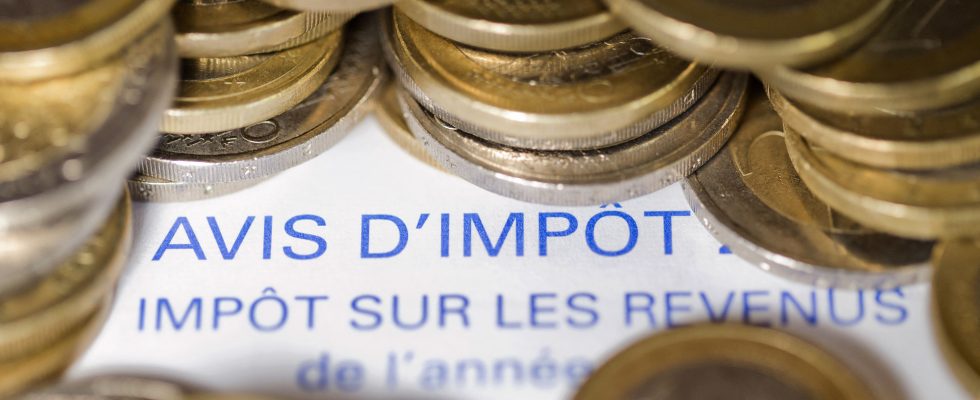Wealth management advisors repeat it over and over again: you don’t choose an investment because it provides a tax advantage, but based on your objectives. However, it would be hypocritical to say that the tax system does not come into play. The success of the Livret A is not unrelated to its total exemption from taxes and social security contributions. Same observation for life insurance, whose status is advantageous both for the taxation of gains and in matters of inheritance. Without forgetting the stock savings plan (PEA), whose tax-free exit after five years rewards the risk-taking inherent in stocks.
Other investments go further since they actually allow you to reduce your income tax. The public authorities are in fact putting in place advantages of this type to direct the savings of the French towards a specific area. But beware ! “We must remain vigilant on the fundamentals of the operation, without allowing ourselves to be coaxed by the tax carrot alone,” underlines Stéphane van Huffel, co-founder of Netinvestment.
The retirement savings plan (PER) authorizes the saver to deduct their payments from their taxable income within the limits of certain ceilings. “The PER ticks all the boxes: not only is it a very good retirement preparation tool, but it benefits from a significant tax advantage,” notes Benoist Lombard, president of the Laplace private management group. The operation is particularly recommended if you receive exceptional remuneration. “This makes it possible to significantly reduce taxation that year, especially if you are in a high bracket of the income tax scale,” recalls Xavier Bretault, of FP Finance.
Real estate investment is another option to reduce your taxable income. “We can create a land deficit by charging work to our land income,” indicates Benoist Lombard. This is deductible from the overall income up to 10,700 euros per year, or even double in the event of energy revocation, and it can be carried forward over the following ten years in the event of a surplus.”
Other investments entitle you to a reduction in income tax, if you deduct a fraction of your investment directly from the tax payable. Investment in SME capital thus grants a reduction corresponding to 25% of the payment if the latter was made between March 12 and December 31, 2023. The amount invested is capped at 12,000 euros for a single person (double for a couple) investing through the intermediary of a fund (communal investment fund in innovation – FCPI – or local investment fund – FIP) and 50,000 euros (100,000 euros for a couple) for the subscription of shares of a non-SME listed directly. In both cases, the taxpayer commits for a minimum of five years. The poor performance excluding tax impact of these products does not, however, speak in favor of FCPIs and FIPs.
New real estate, under the Pinel regime, entitles you to a tax reduction equal to 10.5% of the amount of the operation in the event of a commitment over six years, 15% over nine years and 17.5% over twelve years for operations carried out in 2023, i.e. a maximum tax advantage of 52,500 euros over twelve years taking into account the investment ceiling (300,000 euros). The advantage is greater under Pinel + for properties meeting location criteria (priority districts) or energy and quality standards. “The Pinel regime is effective from a tax point of view, but sales prices are very high today in certain municipalities, so we must be careful,” recommends Stéphane van Huffel.
Finally, the purchase of wood and forests, directly or through a forestry group, responds to a triple problem. “Since January 1, 2023, the buyer has benefited under certain conditions from a tax credit of 25% of the acquisition price, explains Thaline Melkonian, head of wealth engineering at Degroof Petercam Wealth Management. wood and forests also benefit from a 75% reduction in real estate wealth tax (IFI) and gift and inheritance taxes.” They thus constitute one of the rare real estate investments that partially escape the IFI.
Other devices like the Soficas (cinema financing) also entitle you to attractive reductions. Be careful, however: if the tax advantage (30 to 48% income tax reduction) seems high, the return is not up to par. To be reserved for fans of the seventh art, therefore. As for the regime of Industrial Girardin, which grants a reduction in income tax in exchange for productive investment overseas, the associated risks are numerous. “Some players are developing unserious offers, or even outright scams,” believes Stéphane van Huffel. Great selectivity is required before embarking on this type of operation.
10,000 euros maximum, with exceptions…
You might as well know: if nothing prevents you from combining several measures to reduce your income tax, the overall tax advantage is capped at 10,000 euros. Let’s take an example. A taxpayer benefiting from a tax reduction of 5,000 euros as part of a Pinel investment and a tax credit of 6,000 euros for the employment of a cleaning lady or a gardener does not will be able to deduct only 10,000 euros in total from their income tax.
This ceiling only concerns schemes giving entitlement to a tax reduction or tax credit. This mainly concerns the tax reduction in the context of a Pinel investment, in SMEs, woods and forests, but also the tax credit for employing an employee at home, the costs of childcare for young children or the Loc’Avantages system (rental of a property at a below-market rent).
On the other hand, certain schemes such as overseas investment and Sofica benefit from an additional ceiling of 8,000 euros beyond this classic threshold of 10,000 euros.
